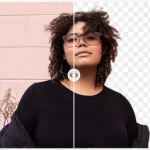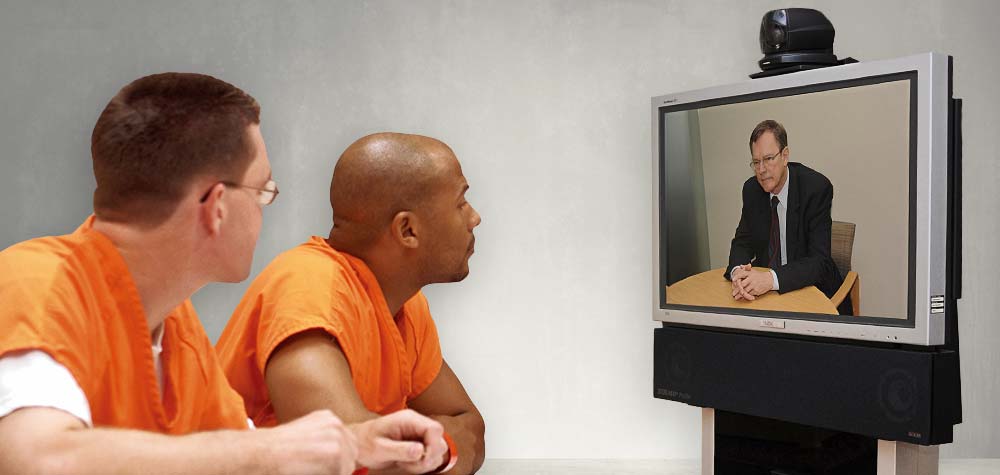Today’s statistics can be higher or lower, but in 2016, 3.3 percent of the US population, or 8.3 million, have schizophrenia or bipolar disorder. And at least 3.9 million people in any given year are untreated.
How do you deal with an invisible sickness? Telepsychiatry and its modern methods can shed light on the darkness surrounding people with mental illness and their families, who are as lost as they are.
This practice builds on psychiatry’s tried-and-tested methodologies with the help of telecommunications. Based on studies published, voice, video, and data are involved in facilitating and delivering the mental health services sought.
Peer into the promise of telepsychiatry and the role of conferencing technologies in bridging perceived mental-health gaps.
How Teleconferencing Delivers
Over the years, rising and popular tools have helped medical professionals in communicating and carrying out routine and critical psychiatric services.
- Telephone. A 2001 pilot study used weekly telephone calls as part of an intervention and treatment for patients with schizophrenia. Several countries also have suicide crisis lines or hotlines to call or text for help.
- Email. In 2005, doctors tried emailing to correspond with their patients and found its promising role in boosting a doctor-patient relationship.
- Closed-circuit television. CCTVs were used to record and monitor a person’s behaviour in correctional and mental health institutions.
- Videoconferencing. It’s the representative way to deliver telepsychiatry, combining voice, video, and data to some extent. The method is applicable for virtually all settings (e.g., homes, prisons, and assisted-living residences).
Telepsychiatry in Action
- Face-to-Face
Human interaction is the foundation of psychiatry. But certain circumstances can stop a person from recognizing that they need help and that consulting a psychiatrist is ideal.
Videoconferences mimic the experience of seeing a practitioner and being in the same room without the tediousness of an in-person visit. In the privacy of one’s home or wherever conducive, an individual can feel much more at ease.
- Breaking Down Stigma
Maybe because mental disorders are hardly talked about that misinformation about them is rife. Wrongly held beliefs contribute to this stigma and can lead to discrimination and reluctance to seek help or treatment, as Mayo Clinic notes.
This stigma is less palpable or nonexistent with virtual medical intervention. The concerned person can go online to secure an appointment and wait for a confirmed session. They won’t have to deal with prying and judging eyes as they visit the clinic or hospital and wait for their turn.
- Care on Demand
It’s not that easy to take a day off from responsibilities, like work, childcare, and school, to see a doctor. Clinics typically operate during standard working hours. Emergency rooms often don’t have psychiatrists on standby.
Access to computers and phones makes it possible to do consultations at home as soon as possible. Practitioners also have the flexibility to accept scheduled or emergency sessions. However, any patient information transmitted over the platform and equipment used during the session has to be secure, private, and confidential, as per the Health Insurance Portability and Accountability Act (HIPAA).
The World Health Organization (WHO) reports that low-income countries have 0.1 psychiatrists and 0.3 psychiatric nurses per 100,000 people. Countries with higher income have better numbers, with the United States having a ratio of 4:3. It still points to a shortage of psychiatric staff. Some, if not most, of these speciality clinics are located in urban areas.
This article reports about the impact of rural telepsychiatry for children and adolescents in Kansas. The University of Kansas Medical Center’s telemedicine program tied up with a mental health centre in a county in Pittsburgh. Things have probably changed in 20 years (the article goes back to 1999), but telepsychiatry continues to reach out to underserved communities.
Getting Help from a Distance
Telepsychiatry delivers in the following areas:
- Assessment
- Treatment (psychotherapy and psychiatric medication)
- Follow-up consultation
- Emergency cases
- Crisis-intervention programs
- Education and training
You have telephones, cellphones, computers, and ancillary technology to thank for this convenience. Landline phones are not as popular in households as they were decades ago, but clinics and offices still use them for conference calls, online meetings, and the like. There’s also your smartphone to make an appointment via mobile apps, then text, call, or video-chat with your doctor. For a bigger screen and clearer audio, you can set up a mini-conference room with your laptop, a docking station for your laptop, web camera, and speaker.
Colds and flu in your heart may take longer to heal, but there’s someone on the other line or screen who can help you deal with them.












